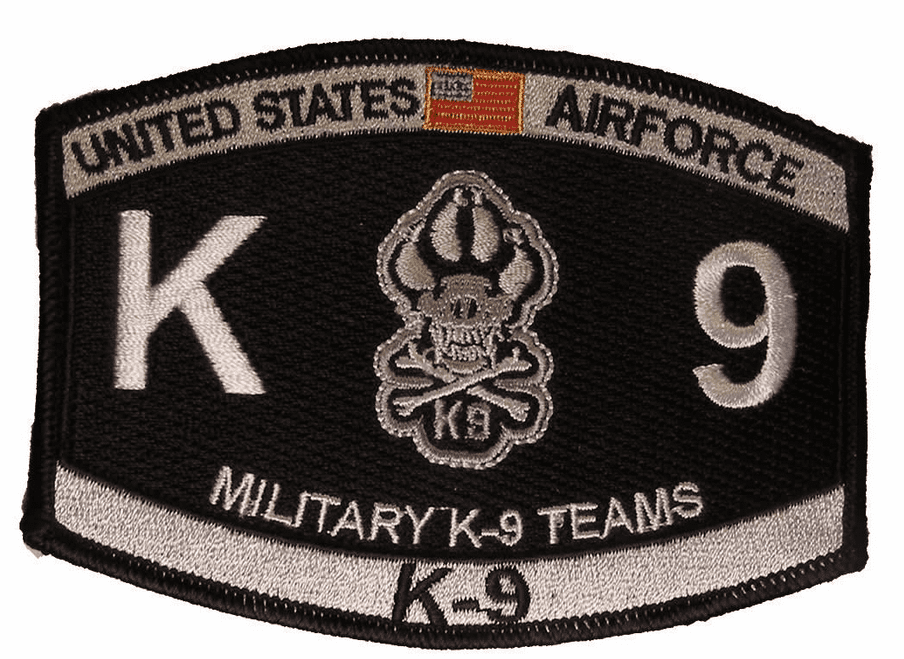
#AIR FORCE MOS MANUALS#
Work here may involve tasks like creating launch manuals or storing and disposing of high-level documents. This role coordinates the distribution of information and data, specifically the flow, distribution, life cycle, and disposal of communications and information that's integral to Air Force operations. With this background, cyber warfare operations personnel can apply their skills in a variety of civilian jobs such as systems or application architects.
/GettyImages-809767458-5abea8da04d1cf0037773310.jpg)
To hold this position, the Air Force requires knowledge of operating systems, hardware, software, databases, and programming languages. They also work to detect and mitigate unauthorized access to national cyberspace systems. They conduct offensive and defensive cyberspace operations. Here's a list of some of the military's cyber and IT-based jobs - and insight into their civilian counterparts or their application in the civilian workforce: Cyber warfare operations (1B431)Īirmen in this role develop, sustain, and enhance cyberspace capabilities to defend national interests from attack. The Air Force uses alphanumeric codes called Air Force Specialty Codes, or AFSCs, to categorize and identify military jobs. Read more to learn about some of these jobs and how they equate to civilian positions. Many of the over 100 jobs available in the Air Force involve computer science and technology.

Meeting these goals requires significant support, including in cyber and IT roles. Nearly 700,000 people contribute to Air Force missions such as intelligence, surveillance, reconnaissance, maintaining air superiority, worldwide strike capability, and global mobility. It was the newest military branch before the establishment of the Space Force in 2019. The US Air Force has 75 years of history.


 0 kommentar(er)
0 kommentar(er)
